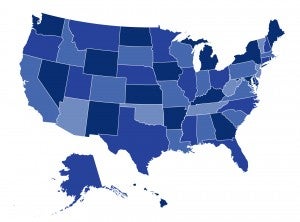The Expiration of the Public Health Emergency Also Ends Policies to Lower Health Access Barriers

As we approach the end of the public health emergency, Medicaid will not be the only program affected by pandemic relief policies that expire. CHIR’s Emma Walsh-Alker and Megan Houston reviewed other policies that expire at the end of the PHE including mandated coverage of COVID-19 tests and related care, lower barriers to telehealth, and ease the use of mental health and substance use services.



